
Receding Tropical Forests and the Persistent Burden of Global Charcoal Supply
The role of charcoal in global energy consumption has substantial implications for the tropical forest regions where raw materials are extracted.
The unyielding significance of charcoal in global energy consumption has substantial implications for the forests in regions where the raw materials are extracted. Most charcoal is produced by cutting fresh trees and putting the logs through pyrolysis, i.e. heating under low-oxygen conditions in single-use earth-mound kilns (Figure 1) . This rudimentary technique often takes place in open forests and it has been sustained for decades in Sub-Saharan Africa, in many cases by nomadic workers. In Uganda, we found that charcoal producers migrated as nomads in search for new trees as vegetation became scanty. Stationary production points, however, are also maintained in some countries, but primarily to serve metallurgical industries, e.g. iron-ore smelting1.
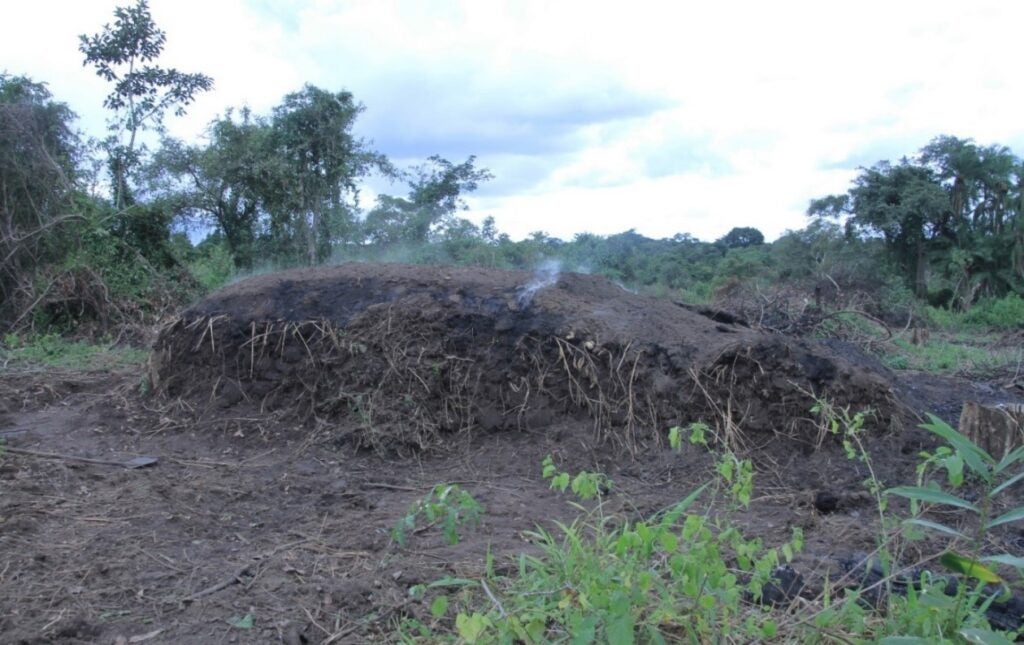
Tropical forests are not only receding because of agricultural expansion and the pressure to supply wood for infrastructure development, but also because of a continuous energy demand in the form of firewood and charcoal. Over time, forest areas of the world’s top charcoal producers (Figure 2), such as Nigeria, Egypt and Thailand, have drastically declined. For example, Nigeria’s forested area declined from 12.2% in 2009 to 7.7% in 2017. Tropical forests are further decimated by surging wildfires, such as in Brazil’s Amazon rainforest. The low efficiency of current charcoal-production processes also creates risks of wildfires as well as uncontrolled air pollution.
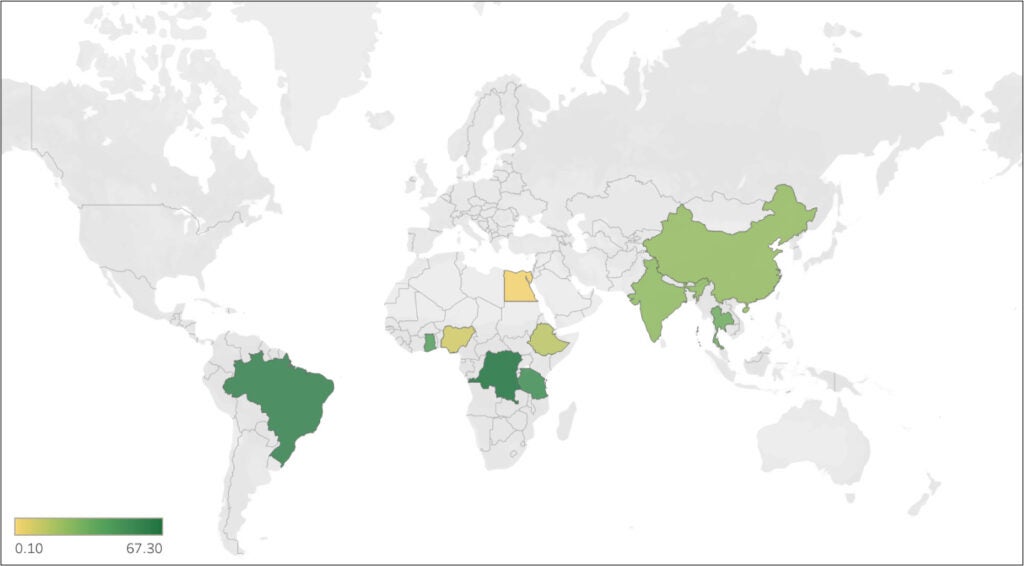
In despairing efforts to sustain their natural forests, some countries, e.g., Nigeria, Somalia and Tanzania, have issued highly restrictive policies on upstream processes, including total production bans, despite their recognition of the socioeconomic significance of charcoal. Because charcoal imports and exports are classified as “wood products”2, however, their transportation and trade are mostly legal. Where import restrictions exist, there is significant complexity in determining the true origin of raw materials, which hinders their implementation especially because charcoal producers and distributors do not use precise labels.
Charcoal from tropical species is widely preferred by consumers because it burns slowly during grilling. This market demand has further sustained the international charcoal trade and therefore illegal production, thus buttressing these countries’ positions as top producers and exporters of this product amid increasingly arid conditions. In fact, Sub-Saharan Africa and South America (Brazil) are projected to remain notable suppliers3 for Europe’s wood biomass well beyond 2020.
Charcoal is exceedingly difficult to trace and value along its supply chain. Indeed, when found in final markets of the world’s top producing (Figure 3) and importing (Figure 4) countries, its precise source was often unknown. Consumer education on the environmental and health risks associated with its chemical composition and production is also very limited because it is not disclosed by suppliers
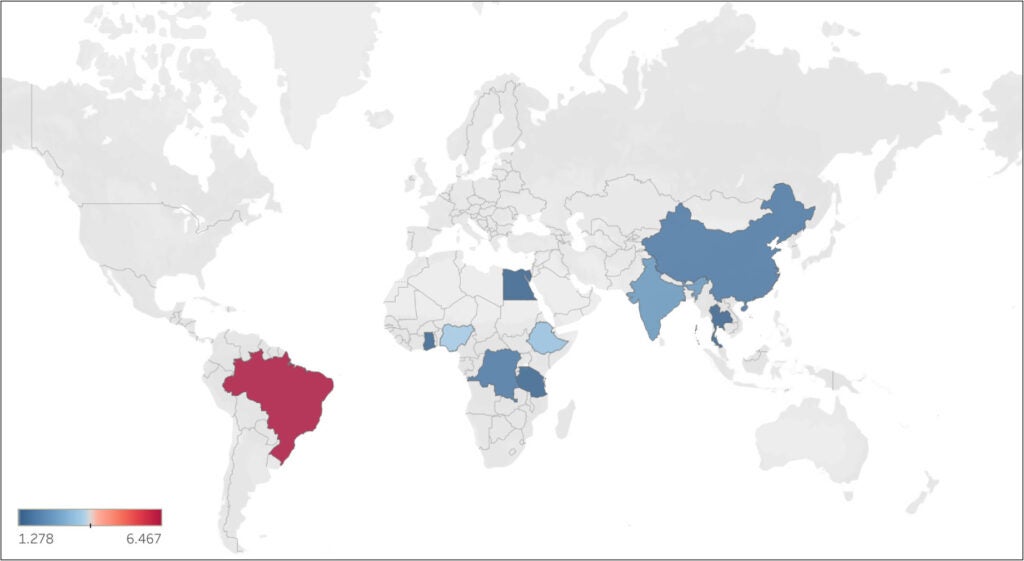
The fact that charcoal trade and consumption have sustained in highly electrified regions (Figures 3&4) signals that the widely accepted expectation4 of charcoal’s decline as a result of increasing electrification and income has not materialized. Indeed, its dominance in electrified cities of less industrialized nations means that it aggressively competes with modern alternatives, when consumers choose to forego the electric and gas options for cooking. Even though most tree species can be turned into charcoal, the variation in its quality means that some species are more sought after, as their charcoal is more highly priced; therefore better strategies for raw-material sourcing are required to sustain its unwavering demand.
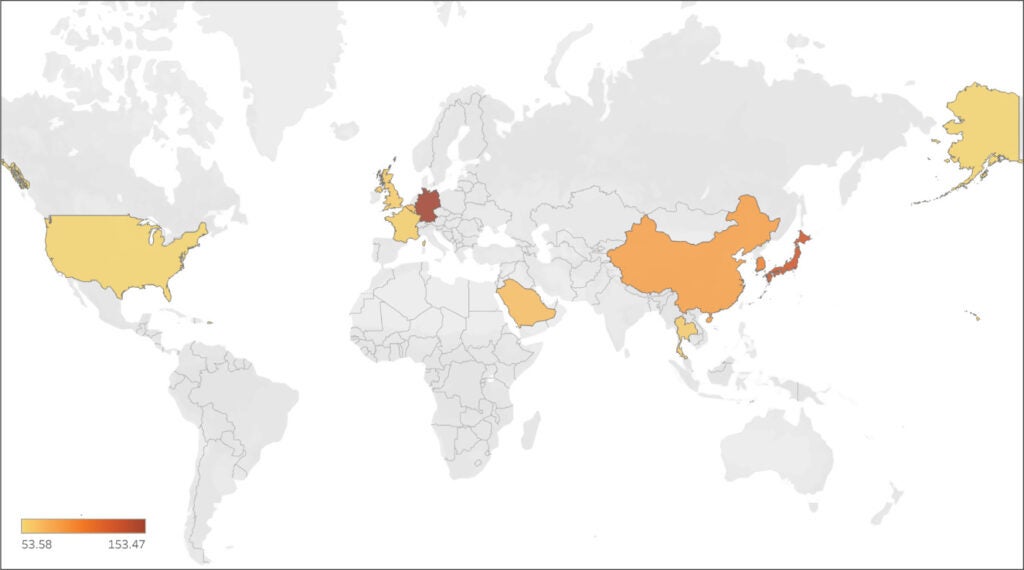
Charcoal production is also often a secondary economic activity, where logs are sourced from other value chains, such as land clearing for agriculture. Indeed, charcoal can be produced as briquettes from a range of agricultural waste materials. This would lessen the pressure on natural vegetation, but investment in these technologies is still low. Nonetheless, tree cutting for energy production is occurring faster than regeneration and reforestation, and the raw-material scarcity will potentially constrict future supply and artificially increase charcoal prices.
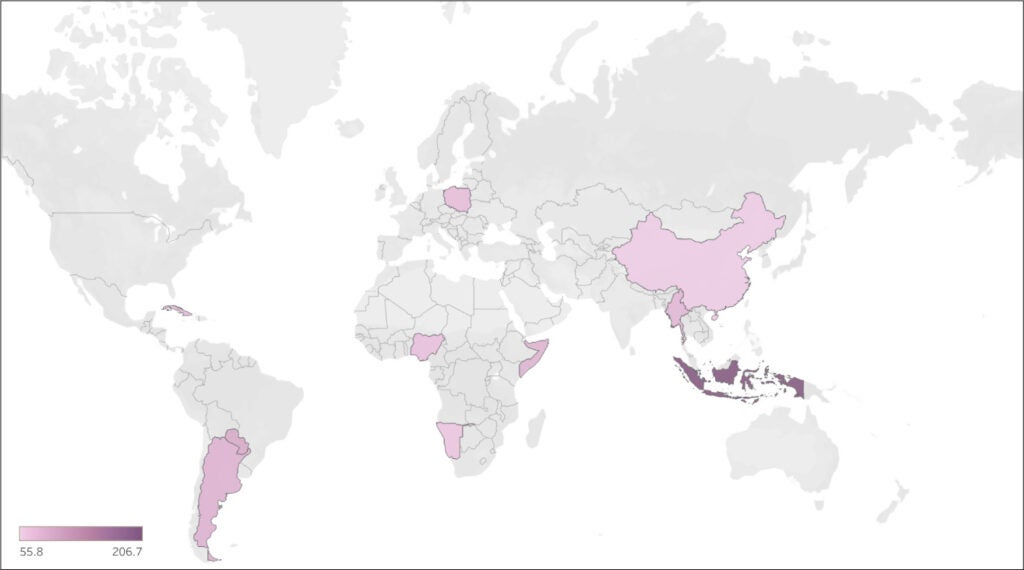
The rapid degradation of forests demands more sustainable forest management, especially in some of the world’s top charcoal-producing and -exporting countries (Figure 5), which have recently suffered extensive wildfires and/or are located in semi-arid areas. Generally, the indiscriminate tree cutting for charcoal impacts the survival of plant species, especially in semi-arid areas (e.g. Acacia in Somalia). Moreover, charcoal burners do not necessarily own land rights to foster sustainable reforestation where they work.
In general, procurement and trade of energy resources from forests have often flown under the environmental radar in the face of new innovation because electricity has increasingly become the benchmark for energy access. As electricity continues to overshadow biomass in energy supply, especially in industrialized economies, it is crucial that the relevance and realities of the charcoal supply chain are not obscured in the international discourse of energy procurement because they have direct significance to the preservation and sustenance of tropical forests.
Catherine Nabukalu
Project Coordinator, District of Columbia’s Sustainable Energy UtilityCatherine Nabukalu is a graduate of the Master of Environmental Studies program (MES) in 2017. She currently works as the Project Coordinator at the District of Columbia’s Sustainable Energy Utility.
Reto Gieré
Professor, Earth and Environmental ScienceReto Gieré is a professor at the Department of Earth and Environmental Science and Center for Excellence in Environmental Toxicology at the University of Pennsylvania.
- Metallurgical industries provide a steady demand for charcoal in Brazil’s Amazon rainforest, which explains the high concentration of stationary charcoal production points (see pp. 36-38) [↩]
- Charcoal production is illegal in Nigeria (pp. 5,7,9,45). Germany imports tropical charcoal from Indonesia legally as a wood product (Pg. 9) [↩]
- pp. 131, 143-146 [↩]
- Charcoal consumption is expected to stagnate in less industrialized countries as a result of more energy alternatives (see pp.166-169, 178) [↩]


